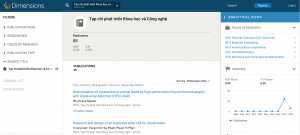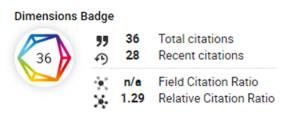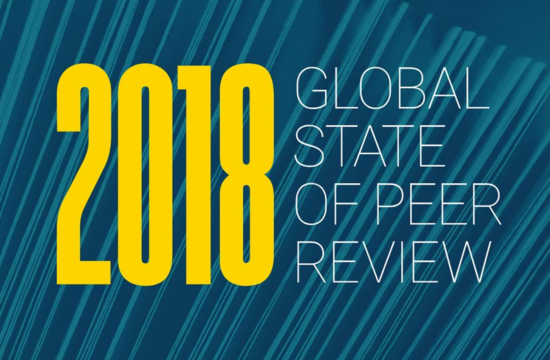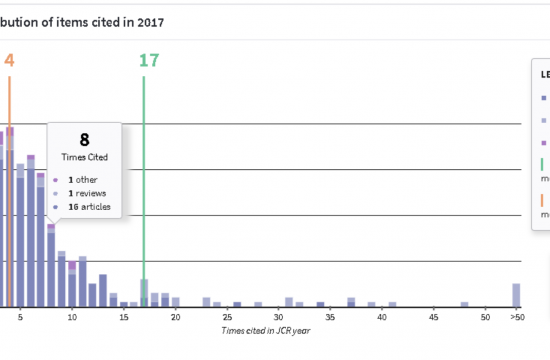DIMENSIONS: A powerful citation and analytics tool
Introducing you to a new citation database and research analytics tool
Dimensions is a new linked research knowledge system that allows users to find and analyse the most relevant research information, uncover evidence of impact, reach and engagement, and gather insights to inform future research activity.
The free version of Dimensions brings together over 94 million publications, and 63 million Altmetric mentions. It offers an alternative to Scopus, Web of Science and Google Scholar metrics; combining a citation database, research analytics and article discovery and access.
Dimensions includes unique metrics, including its own citation count and the Altmetric attention score. Metrics are contextualised within the field and the time period.
Traditional citation-based metrics are slow to accrue, usually only for journal articles and tend to accrue for certain disciplines only. Inclusion of altmetrics gives a broader view of the interest in research outputs and researchers.
Dimensions integrates with the ORCID researcher identification system. All publication records include an ‘Add to ORCID’ button, allowing you to add works to your ORCID record with one click (once you have connected your ORCID in the Dimensions system).
Total citations
Citation Count is the number of times that the paper has been cited by other published papers in the Dimensions database.
Recent Citations
The recent citations value is the number of citations that were received in the last two years. It is currently reset at the beginning of each calendar year.
Field Citation Ratio (FCR)
The Field Citation Ratio (FCR) is an article-level metric that indicates the relative citation performance of an article, when compared to similarly-aged articles in its subject area. A value of more than 1.0 indicates higher than average citation, when defined by FCR Subject Code, publishing year and age. The FCR is calculated for articles published in 2000 and later.
Relative Citation Ratio (RCR)
The Relative Citation Ratio (RCR) indicates the relative citation performance of an article when comparing its citation rate to that of other articles in its area of research. A value of more than 1.0 shows a citation rate above average. The article’s area of research is defined by the articles that have been cited alongside it. The RCR is normalized to 1.0 for all articles.


















